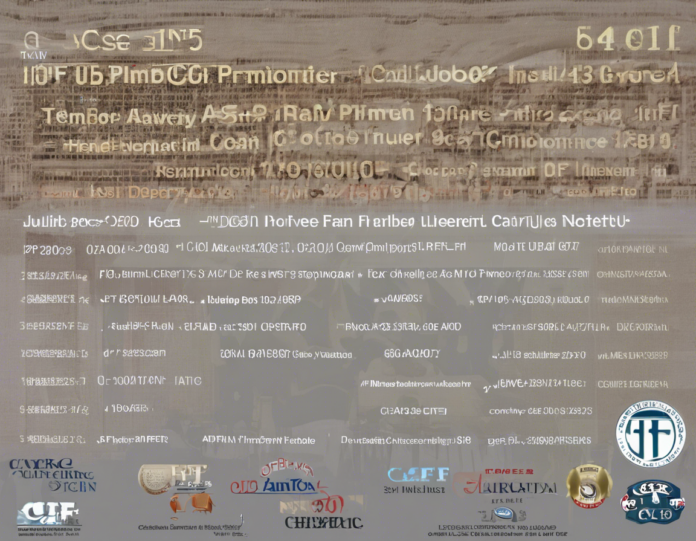Introduction
When it comes to international trade, one term that frequently pops up is CIF. CIF, which stands for Cost, Insurance, and Freight, is a common trade term used in the sale of goods between a seller and a buyer. In this article, we will delve into the intricacies of CIF numbers, what they entail, and why they are crucial in international trade transactions.
What are CIF Numbers?
CIF numbers are an essential part of international trade that provides a comprehensive breakdown of the costs involved in shipping goods from one country to another. The CIF price includes the cost of the goods being purchased, the cost of insuring the goods against damage or loss during transit, and the cost of freight to transport the goods to the agreed-upon destination.
Understanding the Components of CIF Numbers
-
Cost of Goods: The first component of CIF numbers is the actual cost of the goods being sold. This cost is agreed upon between the buyer and the seller and serves as the foundation for the CIF price.
-
Insurance Costs: Insurance costs are included in CIF numbers to protect the goods in transit. This insurance cost covers the value of the goods being shipped and provides protection in case of damage or loss during transportation.
-
Freight Costs: Freight costs are the fees associated with transporting the goods from the seller’s location to the buyer’s destination. These costs can vary depending on the mode of transportation, distance, and other factors.
Why Are CIF Numbers Important?
CIF numbers play a crucial role in international trade transactions for several reasons:
-
Transparency: CIF numbers provide transparency by clearly outlining the costs involved in the shipment of goods. This transparency helps both the buyer and seller understand what they are paying for and avoid any misunderstandings.
-
Risk Management: By including insurance costs, CIF numbers help mitigate risks associated with transporting goods across long distances. In case of damage or loss, the insurance coverage included in CIF numbers can help protect both parties.
-
Legal Compliance: CIF numbers ensure that both parties comply with international trade regulations and standards. By clearly defining the costs involved in the transaction, CIF numbers help streamline the import and export process.
How to Calculate CIF Numbers
Calculating CIF numbers involves adding the cost of goods, insurance costs, and freight costs together. The formula for calculating CIF numbers is as follows:
[ CIF = Cost of Goods + Insurance Costs + Freight Costs ]
FAQs
-
What is the difference between CIF and FOB?
- CIF: Cost, Insurance, and Freight include the cost of insurance and freight in the price of goods being sold.
- FOB: Free on Board only includes the cost of goods, and the buyer is responsible for insurance and freight costs.
-
Who is responsible for arranging insurance in CIF transactions?
- The seller is typically responsible for arranging insurance coverage for the goods in CIF transactions.
-
What happens if the goods are damaged during transit in a CIF transaction?
- If the goods are damaged during transit, the insurance coverage included in CIF numbers can help cover the cost of the damages.
-
Can CIF numbers vary for different shipments?
- Yes, CIF numbers can vary for different shipments based on the value of the goods, the destination, and other factors affecting insurance and freight costs.
-
Are there any risks associated with CIF transactions?
- While CIF transactions provide insurance coverage, there are risks such as damage, loss, or delays in shipping that can impact the goods being transported.
In conclusion, CIF numbers are an integral part of international trade transactions, providing clarity, transparency, and risk management for both buyers and sellers. Understanding CIF numbers and their components is essential for conducting successful and compliant international trade deals.




